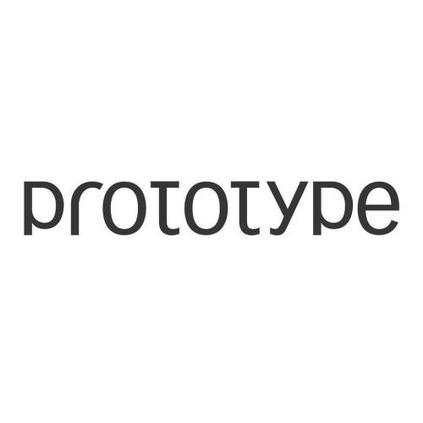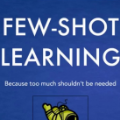Few-shot segmentation, which aims to segment unseen-class objects given only a handful of densely labeled samples, has received widespread attention from the community. Existing approaches typically follow the prototype learning paradigm to perform meta-inference, which fails to fully exploit the underlying information from support image-mask pairs, resulting in various segmentation failures, e.g., incomplete objects, ambiguous boundaries, and distractor activation. To this end, we propose a simple yet versatile framework in the spirit of divide-and-conquer. Specifically, a novel self-reasoning scheme is first implemented on the annotated support image, and then the coarse segmentation mask is divided into multiple regions with different properties. Leveraging effective masked average pooling operations, a series of support-induced proxies are thus derived, each playing a specific role in conquering the above challenges. Moreover, we devise a unique parallel decoder structure that integrates proxies with similar attributes to boost the discrimination power. Our proposed approach, named divide-and-conquer proxies (DCP), allows for the development of appropriate and reliable information as a guide at the "episode" level, not just about the object cues themselves. Extensive experiments on PASCAL-5i and COCO-20i demonstrate the superiority of DCP over conventional prototype-based approaches (up to 5~10% on average), which also establishes a new state-of-the-art. Code is available at github.com/chunbolang/DCP.
翻译:微小的截面,旨在将仅给少数高密度标签的样本的隐形天体分割开来,得到了社区的广泛关注。现有方法通常遵循原型学习模式,以进行元发酵,这些原型学习模式未能充分利用支持图像模版对配对的原始信息,导致不同的分割失败,例如,不完整的天体、模糊的边界和分散器激活。为此,我们提议了一个简单而又多功能的框架,以分化和征服的精神为目的。具体地说,一个新的自我解释方案首先在附加说明的支持图像上实施,然后粗略的分割面罩被分为多个具有不同特性的区域。利用有效的掩码平均集合操作,一系列支持驱动的代理器由此衍生出来,在征服上述挑战中各自发挥具体作用。此外,我们设计了一个独特的平行解码结构,将具有类似属性的准点结合到增强歧视力量。我们提出的方法,即称为分化/共差法质方案(DCP),允许开发适当和可靠的信息,作为“基础的”OPA- 5- 级” 的高级实验的指南,而不是在常规的PA- C- CAS- 10 原型模型上展示。





